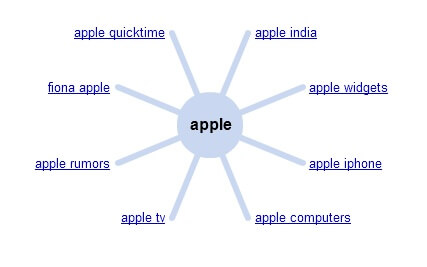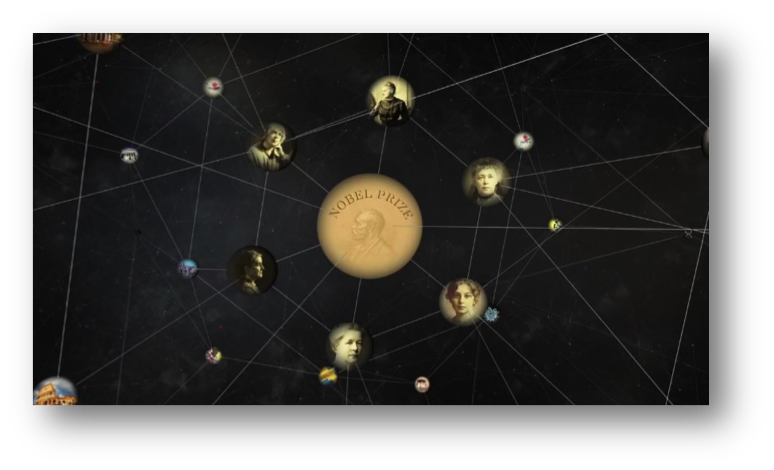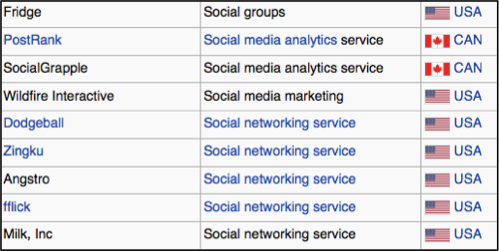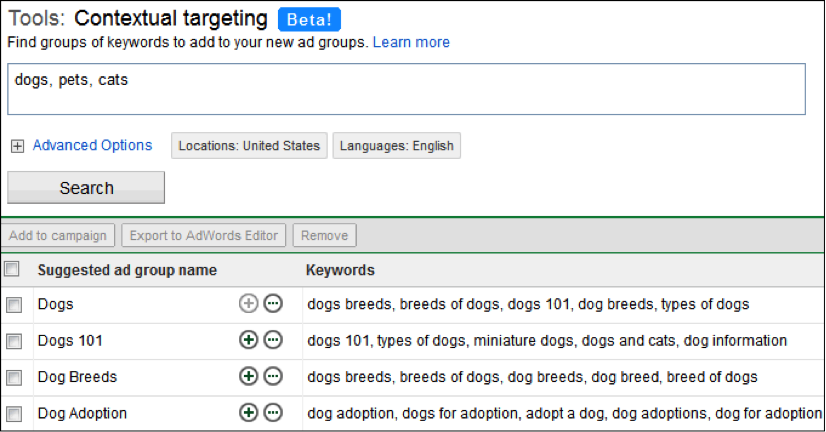On the eve of its 15th birthday Google revealed its new-patented search algorithm named Hummingbird.
It is no surprise that Google has consistently been working effortlessly on improving its
algorithm in order to enhance information seekers experience on their platforms.
For the longest time Google relied on search queries and their database in order to serve
information seekers with what Google’s algorithm believes is the most relevant content to a specific query. The responses served were based on “WHAT” Google understands people are searching for, but demographic insights such as “WHO” a person relates to or “HOW” people, objects, products and services relate to each other were added to Google’s algorithm only later on.
Today, semantic and social relationships are undeniably the future of search. Instead of
basing results on keyword queries, Google takes also into account the meaning of keywords.
How did Google come up with this technology?
In 2009, Google Wonder Wheel was introduced:
Wonder Wheel was used by SEOs, SEMs, and marketers as a way to visually identify
relationships between a search term and related searches using the Google database. It is the pioneer of semantic search analysis and the tool was free!
In 2010, Google Instant was introduced:
Even when information seekers don’t know exactly what they are looking for, predictions help guide their search.
Until the introduction of Google Instant, users had to type a full search term, hit return, and hope for the right results. Now results appear instantly as they are typed, helping information seekers see where they are headed.
This technology would not have been available without any sort of semantic relationship database and personalized behavior insights.
I have no doubts that the way information seekers behave when exposed to Google Instant (how fast they click, what keyword they type on, personalized search history…) plays an important role in the way the semantic relationship algorithm keeps on improving.

In 2011, Knowledge Graph was introduced:
Knowledge Graph is probably one of the most advanced and revolutionary algorithm updates Google has made. While Google’s main focus was to serve relevant information on its search engine, it is now looking into anticipating what you are looking for. According to Google
Knowledge Graph “allows you to discover answers to questions you never thought to ask”.
Language can be ambiguous: When searching for Apple, do you mean, the computer brand, the fruit, a store or New York?
Knowledge graph and its semantic analysis is helping Google understand the difference, helping information seekers more precisely express what they mean when they enter their search. In some ways, Knowledge Graph, rather than being just based on words and keywords analysis and connections, is trying to make sense into how people relate to certain things in addition to trying to relate things to each other.
But what is Google trying to achieve with “Humming Bird”?
Google said that Hummingbird is paying more attention to each word in a query, ensuring that the whole query — the whole sentence or conversation or meaning — is taken into account, rather than particular words. This is pretty much what Knowledge Graph has been doing for the past two years or so. The goal is that pages matching the meaning do better, rather than pages matching just a few words.
How could Google understand what we mean?
While no one will ever know the secret algorithm behind the “Humming Bird” technology, there are probably some factors such as demographic data, location, device used, search habits, search history, people relationship and connections, contextual searches which are taken into account within the algorithm.
How big of a technological advancement is this algorithm change?
On February 15 2011, Watson (an artificially intelligent computer system capable of answering questions posed in natural language, developed by IBM won the popular game of Jeopardy against former winners Brad Rutter and Ken Jennings.
IBM describes it as “an application of advanced Natural Language Processing, Information Retrieval, Knowledge Representation and Reasoning, and Machine Learning technologies.
Watson is big step forward in computing intelligence. However, I am convinced that Google has the same capability as what Watson’s. Where I think Google stands out is its ability to tie meanings to keywords and be able to generate impressive profits by being the best at understanding our intent.
Are there any technological roadblocks to the algorithm accuracy and speed progress?
Currently, most digital computers if not all of them use the “Bit-Computing” technology. For decades this technology has served its purpose really well, but it will potentially start showing its limitations when bigger and more precise data analysis will be needed. The speed at which it will be provided and its accuracy is not optimal at this time. With the increasing number of people using new technology such as tablets and smartphones; and the increasing number of social media and search engine platform users across the globe a new computing technology is becoming a necessity. Google understands that and decided to partner with NASA in order to develop and research the “Quantum Computing” technology. Only two of those computers exist in the world and Google shares one of them with NASA. The objective of this project is to develop a computer capable of crunching data a classic computer cannot process or cannot process fast enough.
Given the competitive landscape in digital media and the need to serve relevant responses to information seekers anywhere on any device in any language for any cultural background, the cost of advertising will increase. This technological advancement will help advertisers reach their target audience with even more accuracy and optimize their ROI.
What is next?
Google will probably keep on announcing new algorithm updates or changes.
- Google will keep on acquiring new companies in order to improve its algorithm:
- Finally, Google will keep on improving its AdWord and AdPlanner bidding platforms as it did by introducing the Contextual Targeting tool.
Ultimately, many digital media channels will benefit from these enhancements, as the advertising placement will be more contextual, more meaningful, and thus more relevant.





